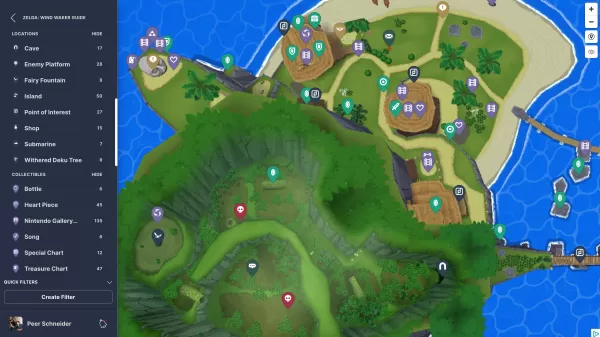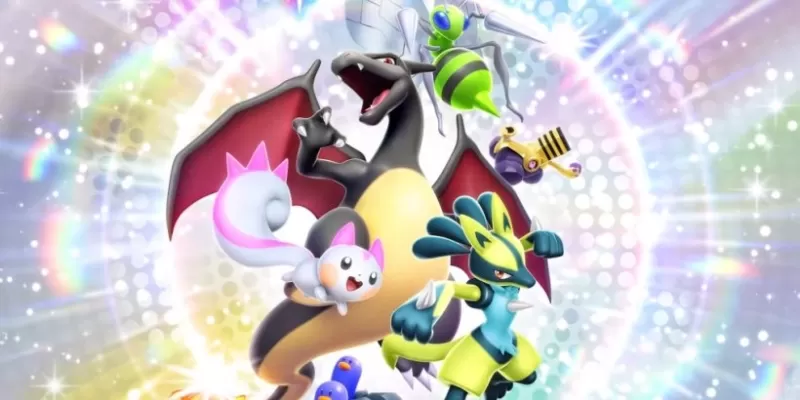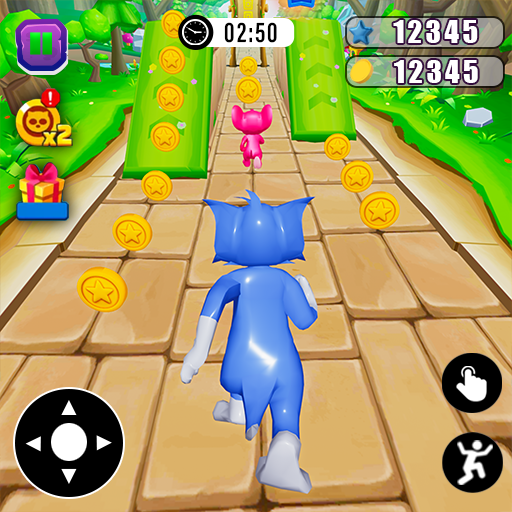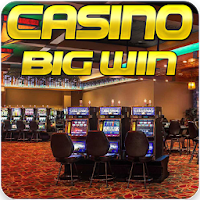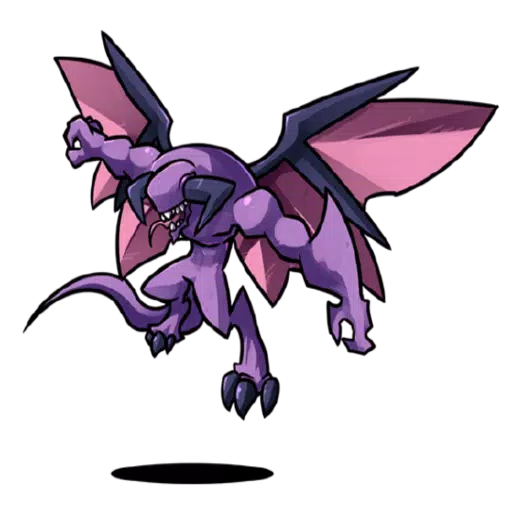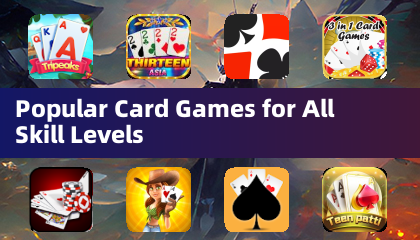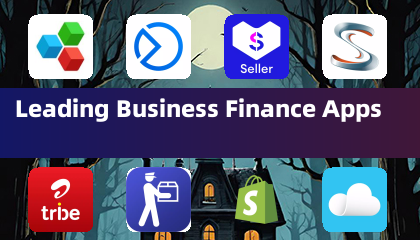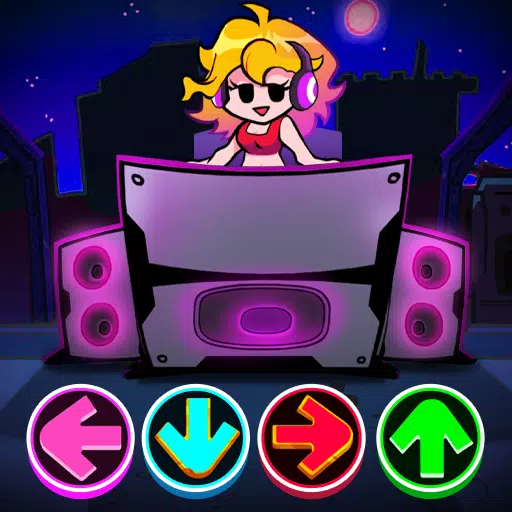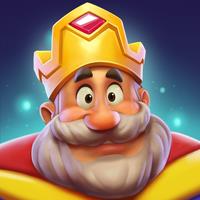Nintendo has been a pioneering force in the video game industry, renowned for its creativity and innovation in home console gaming. The company boasts a rich catalog of beloved intellectual properties (IPs) that continue to captivate audiences decades later. With an exciting lineup of upcoming titles, Nintendo shows no signs of slowing down. The recent announcement of the Nintendo Switch 2 has sparked a renewed interest in the company's illustrious history of console development.
Below, we've compiled a comprehensive list of every console Nintendo has released, providing a chronological journey through the evolution of gaming technology and Nintendo's contributions to the medium.
AnswerSee Results*Looking to save on a new Nintendo Switch or new titles for your system? Be sure to check out the best Nintendo deals available today.*How Many Nintendo Consoles Have There Been?
In total, 32 Nintendo consoles have been released throughout Nintendo's history. The Switch 2 will mark the 33rd. This count includes revision models for both home and handheld consoles, such as those branded with XL and Mini designations.
 Latest Model### Nintendo Switch OLED (Neon Blue & Red)
Latest Model### Nintendo Switch OLED (Neon Blue & Red)
4See it at AmazonEvery Nintendo Console in Order of Release
Color TV-Game - June 1, 1977
 Nintendo's initial venture into gaming hardware was the Color TV-Game series, a collaboration with Mitsubishi Electronics. This move into hardware was pivotal, as it set Nintendo on the path to becoming a gaming giant. The success of these systems was significant, laying the foundation for Nintendo's future in console development.
Nintendo's initial venture into gaming hardware was the Color TV-Game series, a collaboration with Mitsubishi Electronics. This move into hardware was pivotal, as it set Nintendo on the path to becoming a gaming giant. The success of these systems was significant, laying the foundation for Nintendo's future in console development.
Game & Watch - April 28, 1980
 With the Game & Watch series, Nintendo made its first foray into handheld gaming. These devices, each featuring a unique game, sold over 40 million units worldwide and introduced innovations like the D-Pad, seen in the Donkey Kong Game & Watch. The series saw a revival with limited edition models celebrating Mario and Zelda anniversaries in 2020 and 2021.
With the Game & Watch series, Nintendo made its first foray into handheld gaming. These devices, each featuring a unique game, sold over 40 million units worldwide and introduced innovations like the D-Pad, seen in the Donkey Kong Game & Watch. The series saw a revival with limited edition models celebrating Mario and Zelda anniversaries in 2020 and 2021.
Nintendo Entertainment System - October 18, 1985
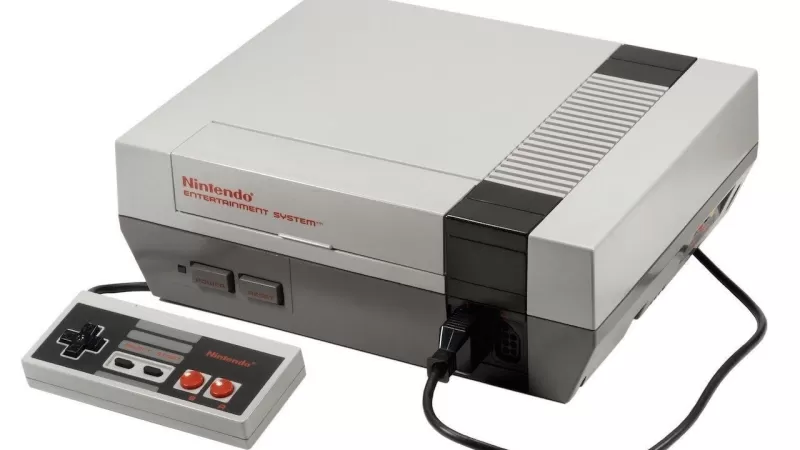 Known as the Family Computer (Famicom) in Japan, the Nintendo Entertainment System (NES) was the company's first home console in North America. It revolutionized gaming with its cartridge system, enabling players to enjoy a vast array of games. Iconic franchises such as Super Mario, The Legend of Zelda, and Metroid were born here, making the NES a cornerstone of video game history.
Known as the Family Computer (Famicom) in Japan, the Nintendo Entertainment System (NES) was the company's first home console in North America. It revolutionized gaming with its cartridge system, enabling players to enjoy a vast array of games. Iconic franchises such as Super Mario, The Legend of Zelda, and Metroid were born here, making the NES a cornerstone of video game history.
Game Boy - July 31, 1989
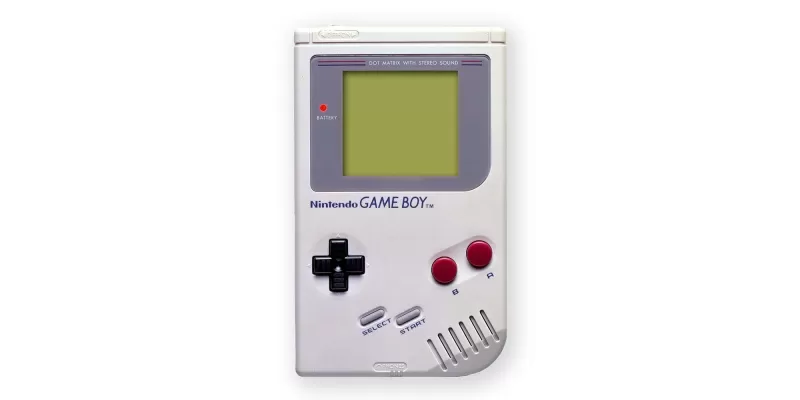 Launching in North America during the summer of 1989, the Game Boy was Nintendo's first true handheld console. It advanced beyond the Game & Watch by using cartridges, allowing players to enjoy numerous games. Tetris, bundled with the console in most regions, became synonymous with the Game Boy's success.
Launching in North America during the summer of 1989, the Game Boy was Nintendo's first true handheld console. It advanced beyond the Game & Watch by using cartridges, allowing players to enjoy numerous games. Tetris, bundled with the console in most regions, became synonymous with the Game Boy's success.
Super Nintendo Entertainment System - August 23, 1991
 Introducing 16-bit graphics to Nintendo's platform, the Super Nintendo Entertainment System (SNES) marked a significant evolution. It featured groundbreaking titles like Super Mario World and Donkey Kong Country, cementing its status as the best-selling console of its generation due to its compelling software lineup and widespread appeal.
Introducing 16-bit graphics to Nintendo's platform, the Super Nintendo Entertainment System (SNES) marked a significant evolution. It featured groundbreaking titles like Super Mario World and Donkey Kong Country, cementing its status as the best-selling console of its generation due to its compelling software lineup and widespread appeal.
Virtual Boy - August 14, 1995
 Perhaps Nintendo's most unconventional console, the Virtual Boy, offered 3D visuals without glasses. Despite its innovative approach, it only saw 22 game releases, including notable titles like Mario's Tennis and Virtual Boy Wario Land. The system was short-lived, with sales just under 800,000 units.
Perhaps Nintendo's most unconventional console, the Virtual Boy, offered 3D visuals without glasses. Despite its innovative approach, it only saw 22 game releases, including notable titles like Mario's Tennis and Virtual Boy Wario Land. The system was short-lived, with sales just under 800,000 units.
Game Boy Pocket - September 3, 1996
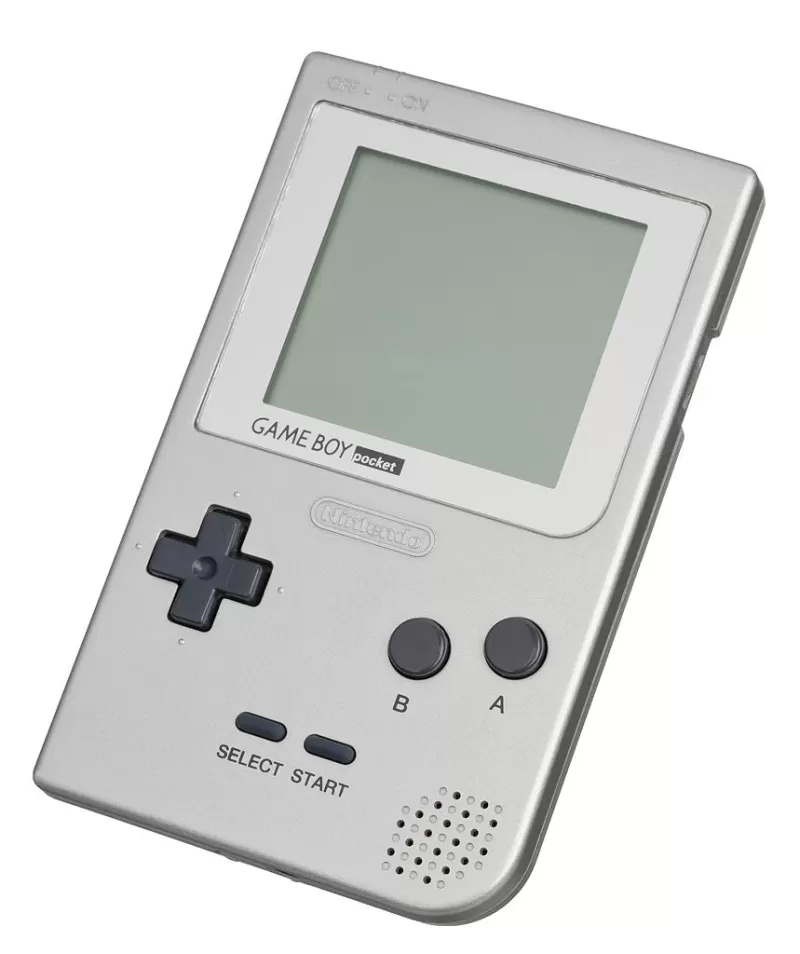 Smaller and sleeker than its predecessor, the Game Boy Pocket featured a sharper black-and-white screen and improved response times. While it offered enhanced portability, it came with a shorter battery life compared to the original Game Boy.
Smaller and sleeker than its predecessor, the Game Boy Pocket featured a sharper black-and-white screen and improved response times. While it offered enhanced portability, it came with a shorter battery life compared to the original Game Boy.
Nintendo 64 - September 29, 1996
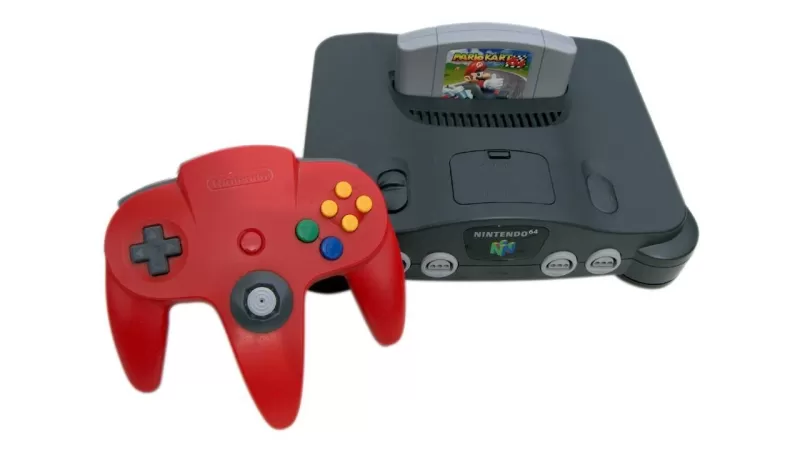 With the Nintendo 64, Nintendo introduced 3D graphics to its home console lineup. The system launched with revolutionary titles like Super Mario 64 and The Legend of Zelda: Ocarina of Time, and its unique controller with an analog stick set new standards in gaming. Special edition models, including translucent variants, were popular among fans.
With the Nintendo 64, Nintendo introduced 3D graphics to its home console lineup. The system launched with revolutionary titles like Super Mario 64 and The Legend of Zelda: Ocarina of Time, and its unique controller with an analog stick set new standards in gaming. Special edition models, including translucent variants, were popular among fans.
Game Boy Light - April 14, 1998
 Exclusive to Japan, the Game Boy Light featured a backlight, allowing for gaming in low-light conditions. Larger than the Game Boy Pocket, it offered a longer battery life, up to 20 hours.
Exclusive to Japan, the Game Boy Light featured a backlight, allowing for gaming in low-light conditions. Larger than the Game Boy Pocket, it offered a longer battery life, up to 20 hours.
Game Boy Color - November 18, 1998
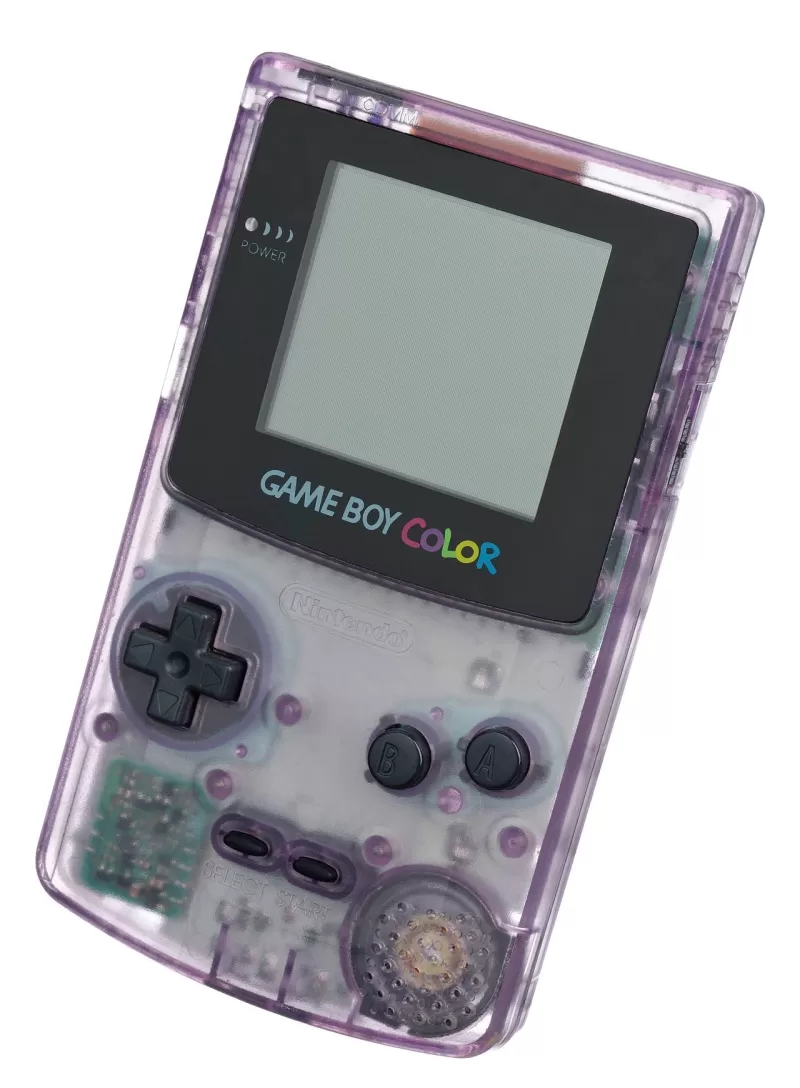 Introducing color to the handheld market, the Game Boy Color was backwards compatible with all Game Boy games, enhancing the experience with vibrant colors. It also saw the release of hundreds of new games tailored to its capabilities.
Introducing color to the handheld market, the Game Boy Color was backwards compatible with all Game Boy games, enhancing the experience with vibrant colors. It also saw the release of hundreds of new games tailored to its capabilities.
Game Boy Advance - June 11, 2001
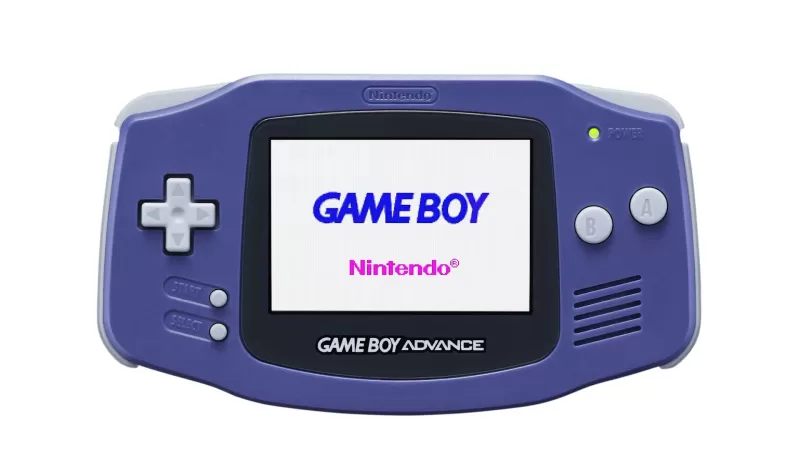 A major leap forward, the Game Boy Advance (GBA) switched to a horizontal design and supported 16-bit graphics, significantly improving upon the 8-bit Game Boy. Its backwards compatibility extended its game library into the thousands.
A major leap forward, the Game Boy Advance (GBA) switched to a horizontal design and supported 16-bit graphics, significantly improving upon the 8-bit Game Boy. Its backwards compatibility extended its game library into the thousands.
Pokémon mini - November 16, 2001
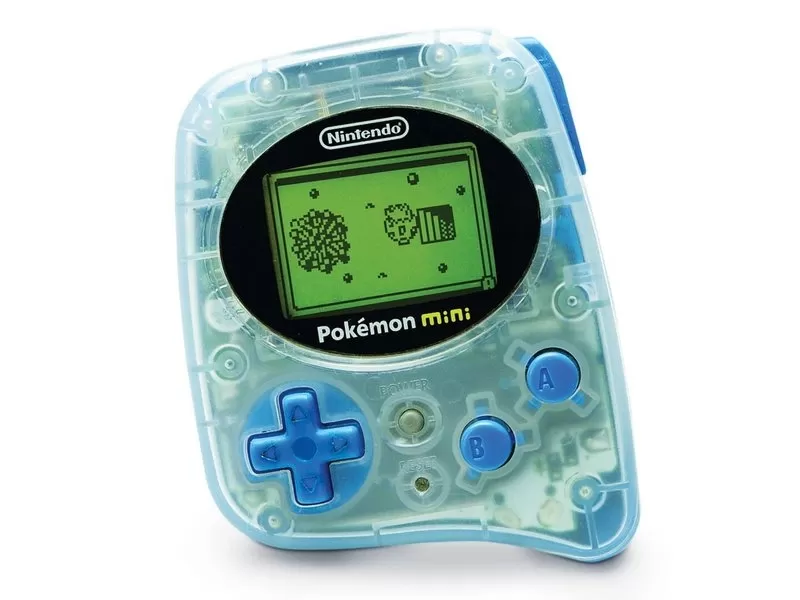
Nintendo GameCube - November 18, 2001
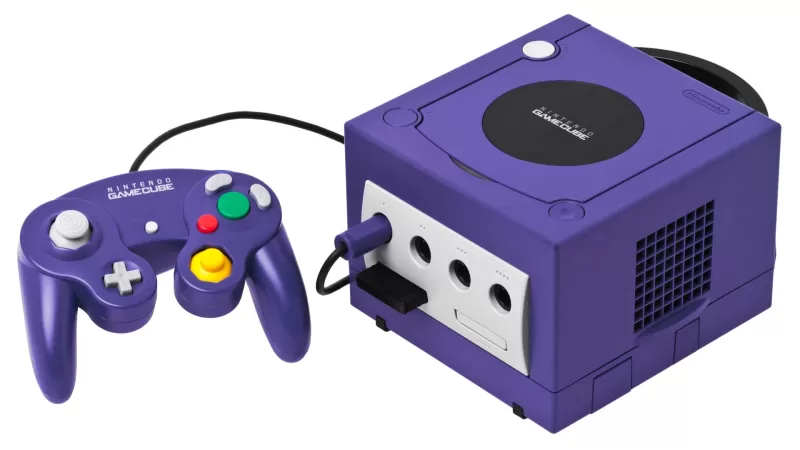 Building on the success of the Nintendo 64, the GameCube introduced sequels to beloved titles like Super Mario Sunshine and The Legend of Zelda: Wind Waker. It shifted to disc-based media and featured an advanced controller with rumble and analog triggers. Many of its franchises, such as Animal Crossing, remain popular today.
Building on the success of the Nintendo 64, the GameCube introduced sequels to beloved titles like Super Mario Sunshine and The Legend of Zelda: Wind Waker. It shifted to disc-based media and featured an advanced controller with rumble and analog triggers. Many of its franchises, such as Animal Crossing, remain popular today.
Panasonic Q - December 14, 2001
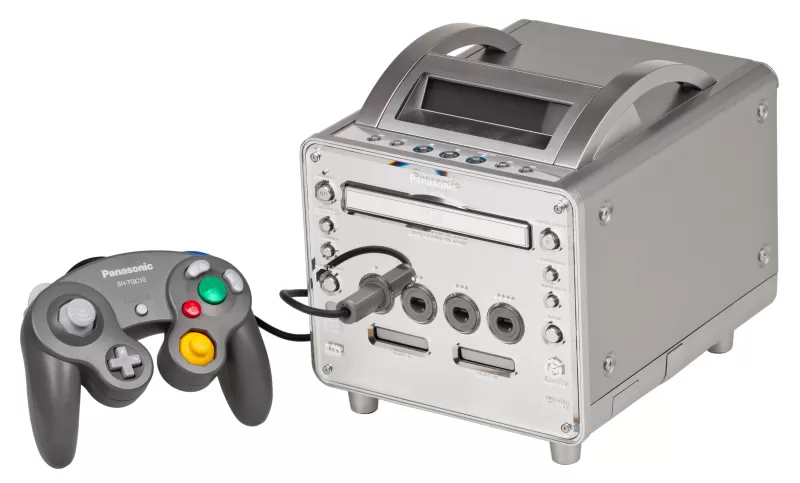 A collaboration between Panasonic and Nintendo, the Panasonic Q combined a GameCube with a DVD player. Despite its innovative design and stainless steel exterior, its high price led to low sales and a short market life.
A collaboration between Panasonic and Nintendo, the Panasonic Q combined a GameCube with a DVD player. Despite its innovative design and stainless steel exterior, its high price led to low sales and a short market life.
Game Boy Advance SP - March 23, 2003
 Revising the Game Boy Advance, the SP model introduced a hinge design, a rechargeable battery, and a backlit screen in later models. Although it lacked a headphone jack, an adapter was available for audio playback.
Revising the Game Boy Advance, the SP model introduced a hinge design, a rechargeable battery, and a backlit screen in later models. Although it lacked a headphone jack, an adapter was available for audio playback.
Nintendo DS - November 21, 2004
 Launching the DS line, the Nintendo DS introduced Wi-Fi connectivity and a unique clamshell design with dual screens, one of which was a touchscreen. This innovation led to unique gaming experiences and made it Nintendo's best-selling console.
Launching the DS line, the Nintendo DS introduced Wi-Fi connectivity and a unique clamshell design with dual screens, one of which was a touchscreen. This innovation led to unique gaming experiences and made it Nintendo's best-selling console.
Game Boy Micro - September 19, 2005
 Revealed at E3 2005, the Game Boy Micro was surprisingly small, featuring a backlit screen with adjustable brightness. It was backwards compatible with Game Boy and Game Boy Color games, selling 2.42 million units before production ceased.
Revealed at E3 2005, the Game Boy Micro was surprisingly small, featuring a backlit screen with adjustable brightness. It was backwards compatible with Game Boy and Game Boy Color games, selling 2.42 million units before production ceased.
Nintendo DS Lite - June 11, 2006
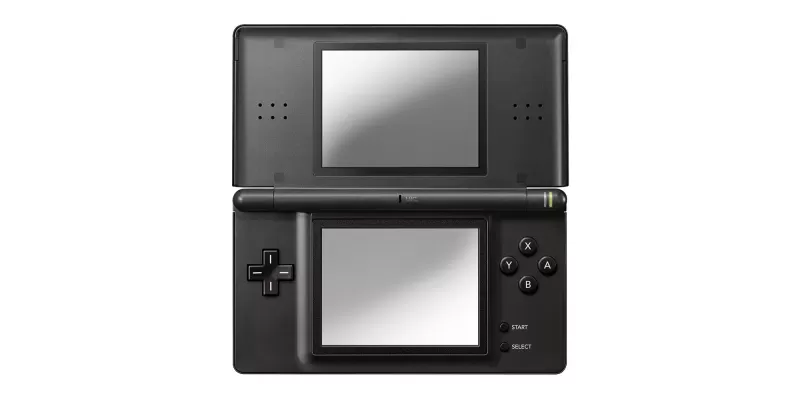 A slimmer and lighter version of the DS, the DS Lite improved screen brightness and battery life, enhancing the overall gaming experience.
A slimmer and lighter version of the DS, the DS Lite improved screen brightness and battery life, enhancing the overall gaming experience.
Nintendo Wii - November 19, 2006
 Revitalizing Nintendo's home console market, the Wii introduced motion controls through the innovative Wii Remote. It was backwards compatible with GameCube titles and introduced the Virtual Console, allowing digital downloads of classic games.
Revitalizing Nintendo's home console market, the Wii introduced motion controls through the innovative Wii Remote. It was backwards compatible with GameCube titles and introduced the Virtual Console, allowing digital downloads of classic games.
Nintendo DSi - November 1, 2008
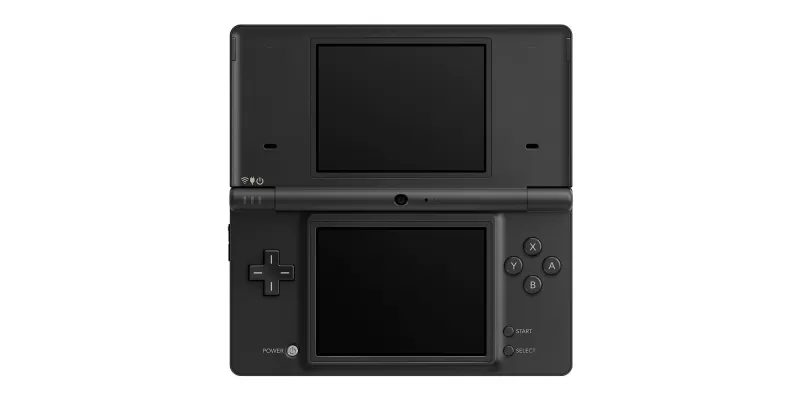 Revising the DS, the DSi added cameras and an SD card slot but removed the Game Boy Advance slot. This model focused on enhancing connectivity and multimedia features.
Revising the DS, the DSi added cameras and an SD card slot but removed the Game Boy Advance slot. This model focused on enhancing connectivity and multimedia features.
Nintendo DSi XL - November 21, 2009
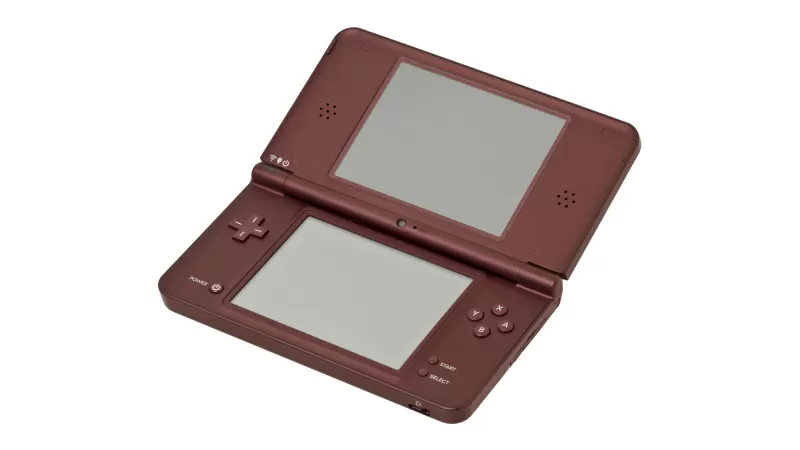 A larger version of the DSi, the DSi XL featured wider screens and improved sound, offering a more immersive gaming experience.
A larger version of the DSi, the DSi XL featured wider screens and improved sound, offering a more immersive gaming experience.
Nintendo 3DS - March 27, 2011
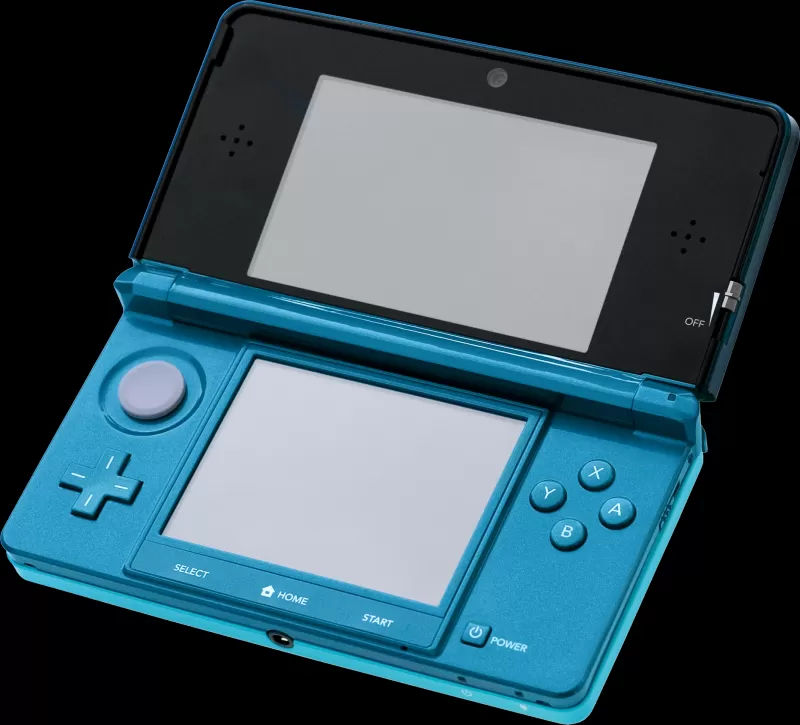 Following the DS, the 3DS introduced stereoscopic 3D visuals without glasses, building on the Virtual Boy's technology. It featured an impressive lineup of games, including The Legend of Zelda: A Link Between Worlds and Super Mario 3D Land.
Following the DS, the 3DS introduced stereoscopic 3D visuals without glasses, building on the Virtual Boy's technology. It featured an impressive lineup of games, including The Legend of Zelda: A Link Between Worlds and Super Mario 3D Land.
Nintendo 3DS XL - August 19, 2012
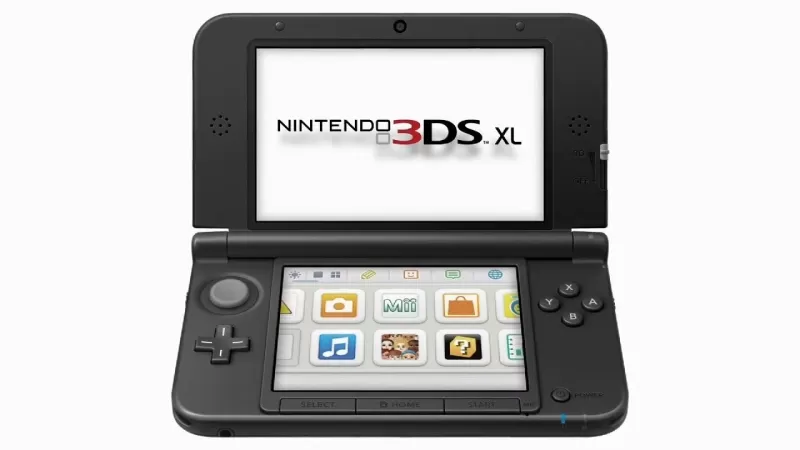 With screens 90% larger than the original 3DS, the 3DS XL offered a more comfortable gaming experience, retaining all the features of its predecessor.
With screens 90% larger than the original 3DS, the 3DS XL offered a more comfortable gaming experience, retaining all the features of its predecessor.
Nintendo Wii U - November 18, 2012
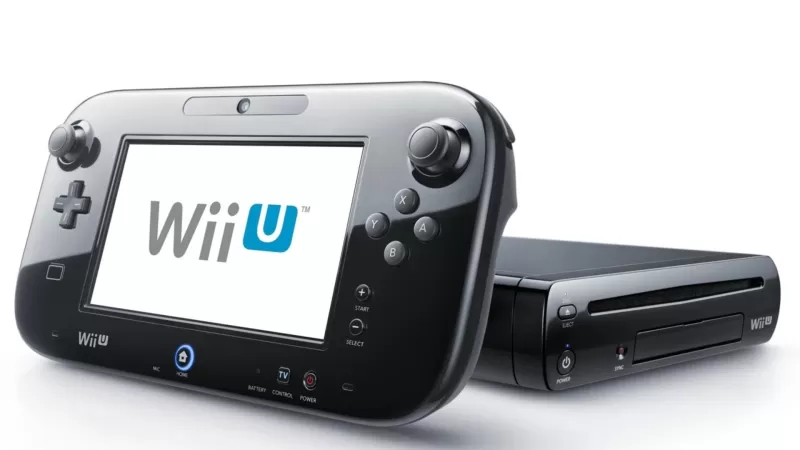 As the successor to the Wii, the Wii U introduced the GamePad with an integrated screen for off-TV play. It supported HD graphics and included titles like Xenoblade Chronicles X and Super Mario 3D World. Despite its innovative features, poor marketing led to underwhelming sales.
As the successor to the Wii, the Wii U introduced the GamePad with an integrated screen for off-TV play. It supported HD graphics and included titles like Xenoblade Chronicles X and Super Mario 3D World. Despite its innovative features, poor marketing led to underwhelming sales.
Nintendo Wii Mini - December 7, 2012
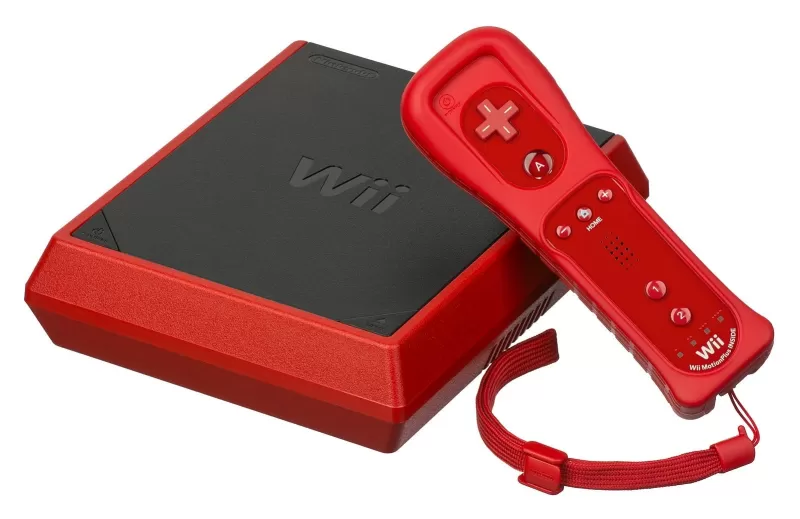 Launched at the end of the Wii's life cycle, the Wii Mini was a smaller, lighter version that omitted several features, including GameCube compatibility and Wi-Fi connectivity.
Launched at the end of the Wii's life cycle, the Wii Mini was a smaller, lighter version that omitted several features, including GameCube compatibility and Wi-Fi connectivity.
Nintendo 2DS - October 12, 2013
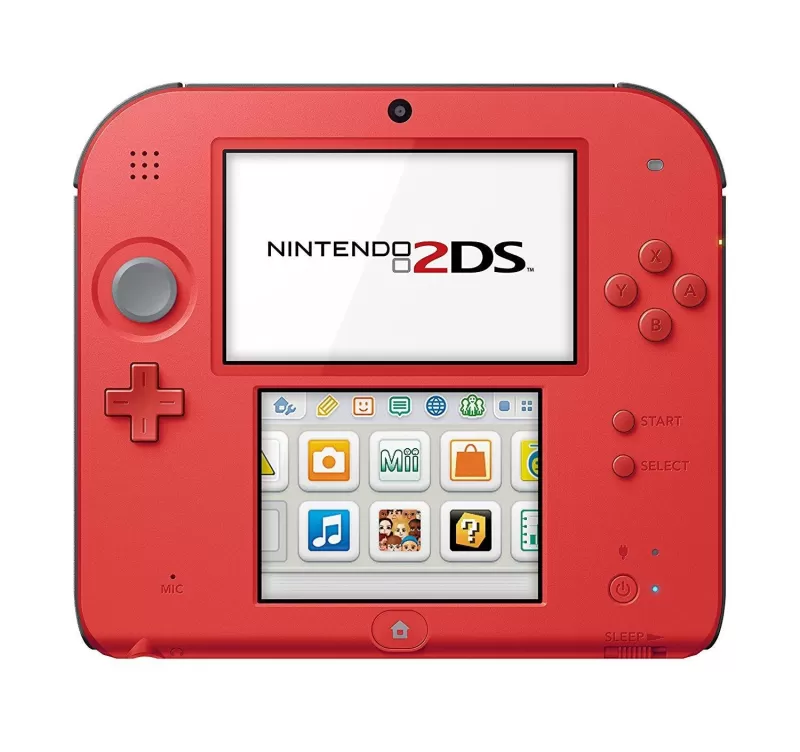 Offering 2D gaming at a lower price point, the 2DS removed the 3D functionality of the 3DS but retained all other features. It featured a unique, flat design and a mono speaker.
Offering 2D gaming at a lower price point, the 2DS removed the 3D functionality of the 3DS but retained all other features. It featured a unique, flat design and a mono speaker.
New Nintendo 3DS - October 11, 2014
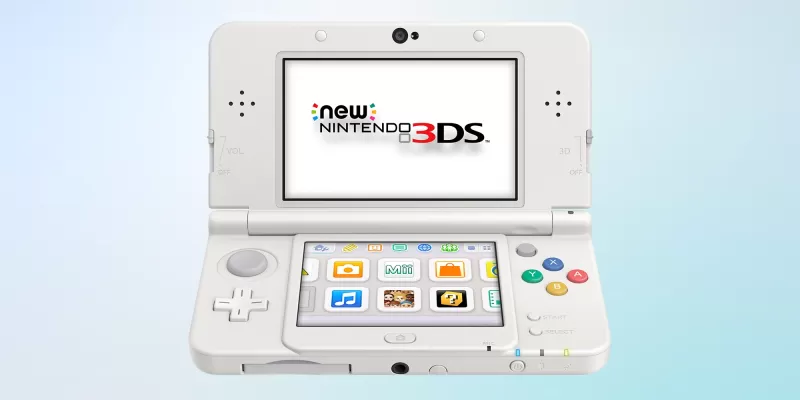 Enhancing the 3DS, the New Nintendo 3DS added new controls, including the C-Stick and ZR/ZL buttons, along with NFC support for amiibo. It launched in various regions, with North America receiving it later.
Enhancing the 3DS, the New Nintendo 3DS added new controls, including the C-Stick and ZR/ZL buttons, along with NFC support for amiibo. It launched in various regions, with North America receiving it later.
New Nintendo 3DS XL - February 13, 2015
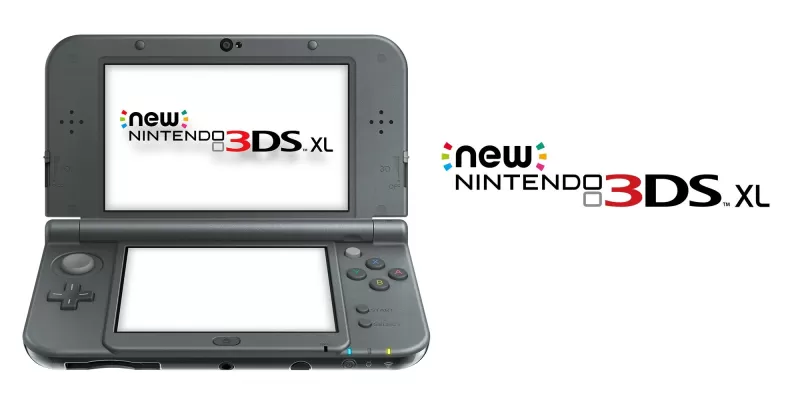 With larger screens than the New 3DS, the New 3DS XL offered a more immersive experience. It removed the ability to change face plates but introduced special edition models.
With larger screens than the New 3DS, the New 3DS XL offered a more immersive experience. It removed the ability to change face plates but introduced special edition models.
Nintendo Switch - March 3, 2017
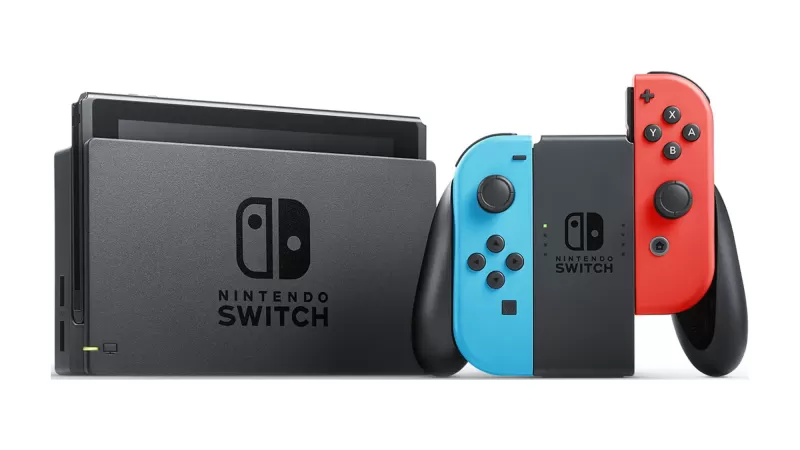 Combining home and portable gaming, the Nintendo Switch redefined the gaming experience with its versatility. Its robust library includes some of the greatest games ever, and special edition models have been released over the years.
Combining home and portable gaming, the Nintendo Switch redefined the gaming experience with its versatility. Its robust library includes some of the greatest games ever, and special edition models have been released over the years.
New Nintendo 2DS XL - July 28, 2017
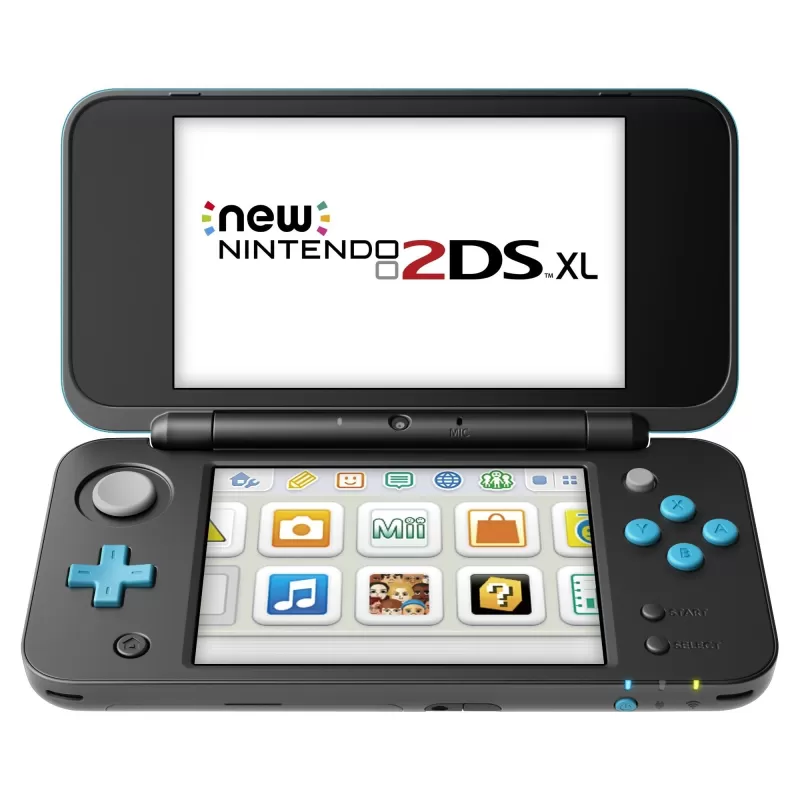 Upgrading the 2DS, the New 2DS XL added an analog stick, shoulder buttons, and amiibo support, returning to the clamshell design. It also played New 3DS titles.
Upgrading the 2DS, the New 2DS XL added an analog stick, shoulder buttons, and amiibo support, returning to the clamshell design. It also played New 3DS titles.
Nintendo Switch Lite - September 20, 2019
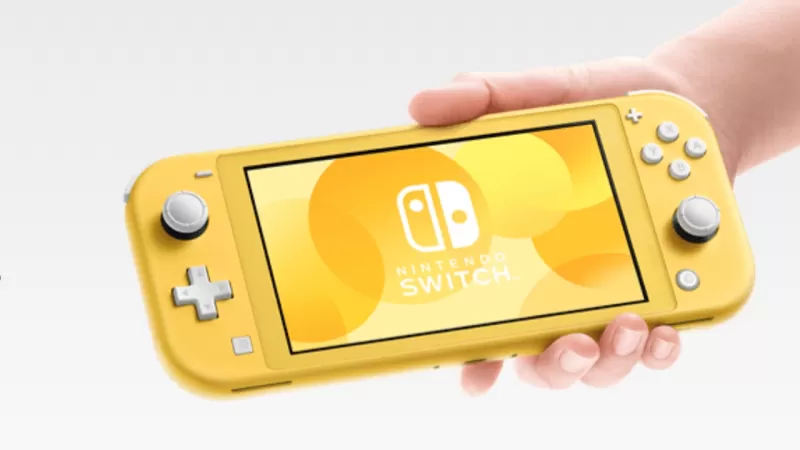 Designed for handheld play, the Switch Lite features a built-in controller and a smaller LCD screen, offering a more affordable alternative to the original Switch.
Designed for handheld play, the Switch Lite features a built-in controller and a smaller LCD screen, offering a more affordable alternative to the original Switch.
Nintendo Switch OLED model - October 8, 2021
 Enhancing the Switch experience, the OLED model features a larger, higher-quality screen, improved speakers, and a new dock with a LAN port. It debuted alongside Metroid Dread.
Enhancing the Switch experience, the OLED model features a larger, higher-quality screen, improved speakers, and a new dock with a LAN port. It debuted alongside Metroid Dread.
Upcoming Nintendo Consoles
Following years of speculation, Nintendo has officially unveiled the Nintendo Switch 2. The reveal trailer highlights new Joy-Con attachment methods, a larger screen, and an additional USB-C port. There's also a potential new feature allowing Joy-Con use as a mouse, which could influence gameplay in new and exciting ways. The trailer teases what appears to be a new Mario Kart with 24-player support and confirms "mostly" backward compatibility, ensuring continued support for both physical and digital games.Analysts and leaks suggest the Switch 2 might retail around $400. We've gathered all known details from the trailer, with more information expected during a Nintendo Direct scheduled for April 2.
AnswerSee Results



